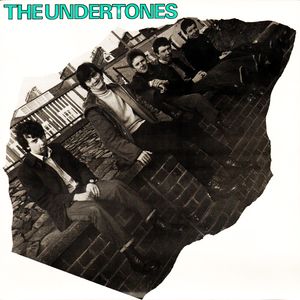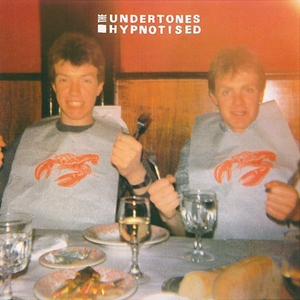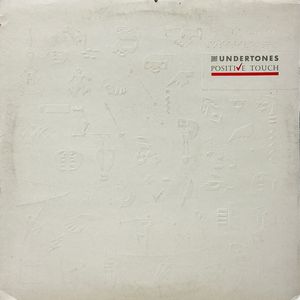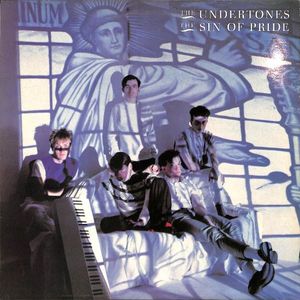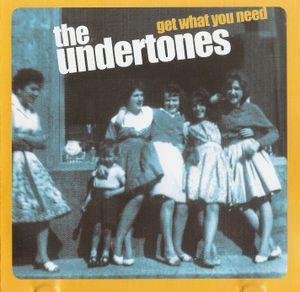
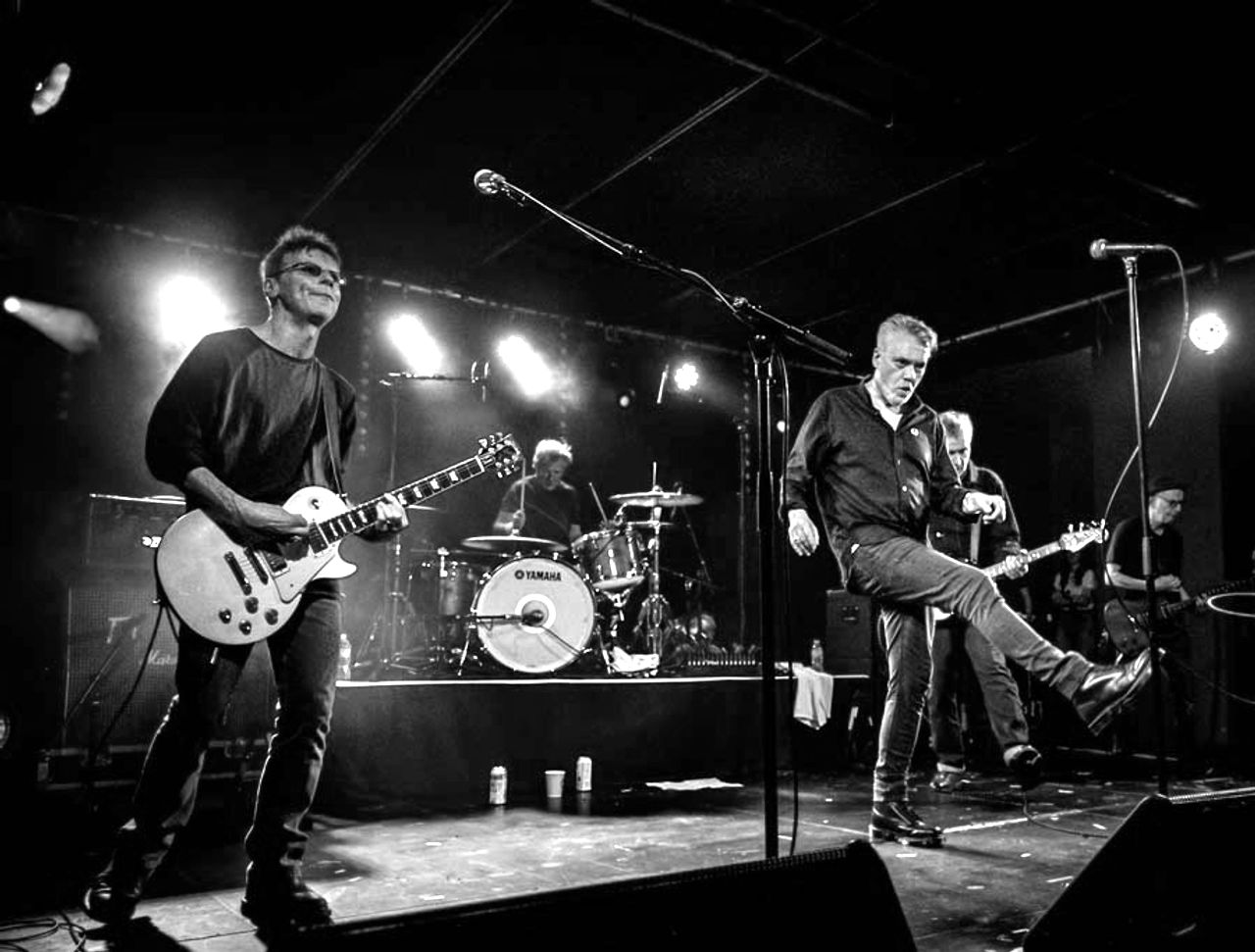
The Undertones
Follow Your Favorite Band Today!
Top The Undertones Community Posts
Albums
Story of The Undertones
The Undertones, Derry, Northern Irelands most successful band, exploded onto the scene in 1974. For their formative years (1975-1983), the classic lineup featured Feargal Sharkey (vocals), John ONeill (rhythm guitar, vocals), Damian O`Neill (lead guitar, vocals), Michael Bradley (bass, vocals), and Billy Doherty (drums). Their early sound was a potent blend of punk and new wave, evolving after 1979 to incorporate elements of rock, glam rock, and post-punk. By their final album, soul and Motown had become a significant influence. Between 1978 and 1983, the band released thirteen singles and four studio albums, a prolific output that ended abruptly in May 1983 when Sharkey departed, citing musical differences.
Despite the turbulent backdrop of the Troubles, the Undertones largely steered clear of overtly political themes, focusing instead on the universal experiences of adolescence, teenage angst, and heartbreak. As AllMusic noted, the ONeill brothers "infectious guitar hooks," combined with Sharkey`s distinctive vocal style, created a unique sound drawing from 1960s garage rock and 70s glam.
The band reformed in 1999 with Paul McLoone replacing Sharkey on vocals, cementing their legacy as not only Derrys most successful export, but also one of Northern Irelands most enduring musical achievements.
Formation and Early Gigs:
The Undertones, formed in 1974, were five friends from Creggan and the Bogside. Initially inspired by acts like the Beatles, Small Faces, and Lindisfarne, their formation was partly fueled by a shared love of music and the closure of many Derry venues during the Troubles, limiting late-night entertainment options. Early rehearsals involved covering songs in the ONeill brothers (John and Vincent) home and a neighbor`s shed.
Bands you may like
More Punk Rock Bands
Explore Punk RockDiscover more bands in the Punk Rock genre and explore the diverse sounds that define this musical style.
Browse All Punk Rock BandsMore Bands from United Kingdom
Explore United KingdomDiscover the rich musical heritage of United Kingdom and explore bands that represent the country's unique sound and culture.
Browse All United Kingdom Bands
